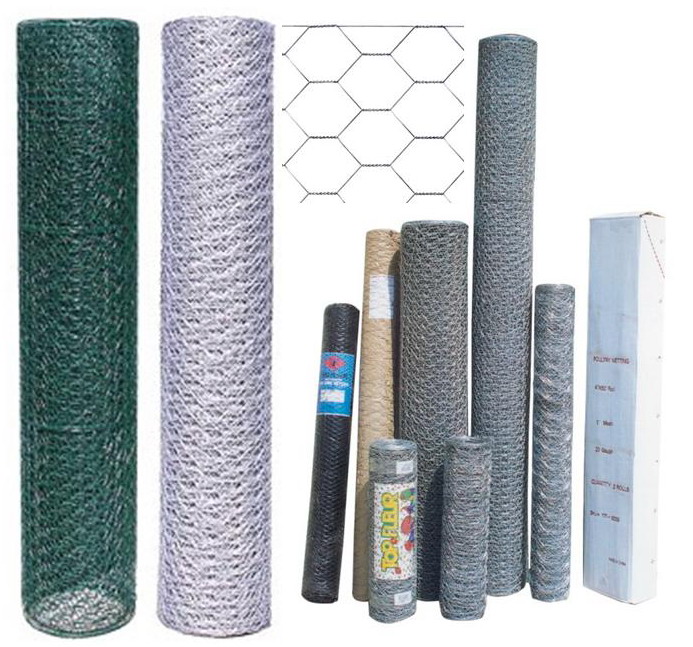
- Mobile Phone
- +8613931874955
- sales@cntcmetal.com
High-Performance Stainless Steel for Durable Spring Applications and Reliable Performance
The Versatile World of Stainless Steel Spring Steel
Stainless steel spring steel is a remarkable material that has gained considerable attention in various industries due to its unique properties and versatility. As an alloy, it combines the best characteristics of stainless steel with the mechanical properties necessary for spring applications, making it an ideal choice for various engineering and manufacturing processes.
Understanding Stainless Steel Spring Steel
Stainless steel spring steel is primarily an alloy of iron, chromium, and other elements that provide corrosion resistance and enhanced strength. The addition of chromium gives it the stainless property, which is crucial for applications where moisture and environmental factors can cause rust and degradation. Unlike traditional carbon steels, which are more prone to rust, stainless steel spring steel offers a longer lifespan and lower maintenance costs.
One of the defining features of this type of steel is its ability to return to its original shape after being deformed, a characteristic essential for any spring material. This property is further enhanced by the specific heat treatment process it undergoes during manufacturing, which optimizes its tensile strength and elasticity. Commonly used grades for spring applications include 302, 304, and 316 stainless steels, each offering different mechanical properties and levels of corrosion resistance.
Applications of Stainless Steel Spring Steel
The versatility of stainless steel spring steel makes it suitable for a wide range of applications across multiple industries. One of the most common uses is in the manufacture of springs, such as compression springs, extension springs, and torsion springs. These components are essential in various machinery and devices, including automotive parts, industrial equipment, appliances, and consumer products.
In addition to traditional spring applications, stainless steel spring steel is frequently utilized in the production of wire forms and clips, which can be found in everything from medical devices to electronics. The food processing industry also benefits from this material, as its corrosion resistance makes it ideal for components that come into contact with food products.
stainless steel spring steel

Moreover, the aerospace and automotive industries rely on stainless steel spring steel for critical components that demand high performance. Spring-loaded valves, sensors, and latches are just a few examples where this material's durability and resilience are paramount. Given the importance of weight reduction in these sectors, manufacturers are increasingly turning to stainless steel spring steel due to its strength-to-weight ratio.
Advantages of Stainless Steel Spring Steel
The advantages of stainless steel spring steel extend beyond its mechanical properties. One significant benefit is its excellent corrosion resistance, which reduces the risk of failure or breakdown in challenging environments. This feature is particularly vital in applications exposed to moisture, chemicals, or extreme temperatures.
Another advantage is its reproducibility. Stainless steel spring steel can be manufactured to precise specifications, ensuring that components meet stringent quality standards. This consistency is critical in industries where safety and reliability are non-negotiable.
Moreover, the material's aesthetic appeal cannot be overlooked. The shiny, smooth surface of stainless steel not only provides a modern look but also facilitates easier cleaning, making it an excellent choice for products in consumer markets, such as kitchen appliances and fixtures.
Conclusion
In conclusion, stainless steel spring steel represents a significant advancement in material science, offering exceptional properties that cater to diverse applications. Its unique combination of strength, elasticity, and corrosion resistance positions it as an invaluable resource in various industries, from manufacturing and automotive to aerospace and food processing. As technology continues to evolve and new applications emerge, the demand for stainless steel spring steel will likely increase, solidifying its place as a cornerstone in modern engineering and design. Whether creating intricate components or robust springs, this material is poised to meet the challenges of the future with resilience and versatility.
share:
-
Creative Ways to Decorate Your Tomato CageNewsAug.22,2025
-
Common Mistakes When Installing Brick Wall TiesNewsAug.22,2025
-
Customizing Conical Springs for Aerospace ApplicationsNewsAug.22,2025
-
Galvanized Tie Wire for Binding PipesNewsAug.22,2025
-
Environmental Impact of Using Snake Spacers in PlumbingNewsAug.22,2025
-
Sacrificial Formwork Systems for Complex StructuresNewsAug.22,2025
-
Wall Ties for Concrete: Invisible Guardians of Building Structural StabilityNewsAug.08,2025
